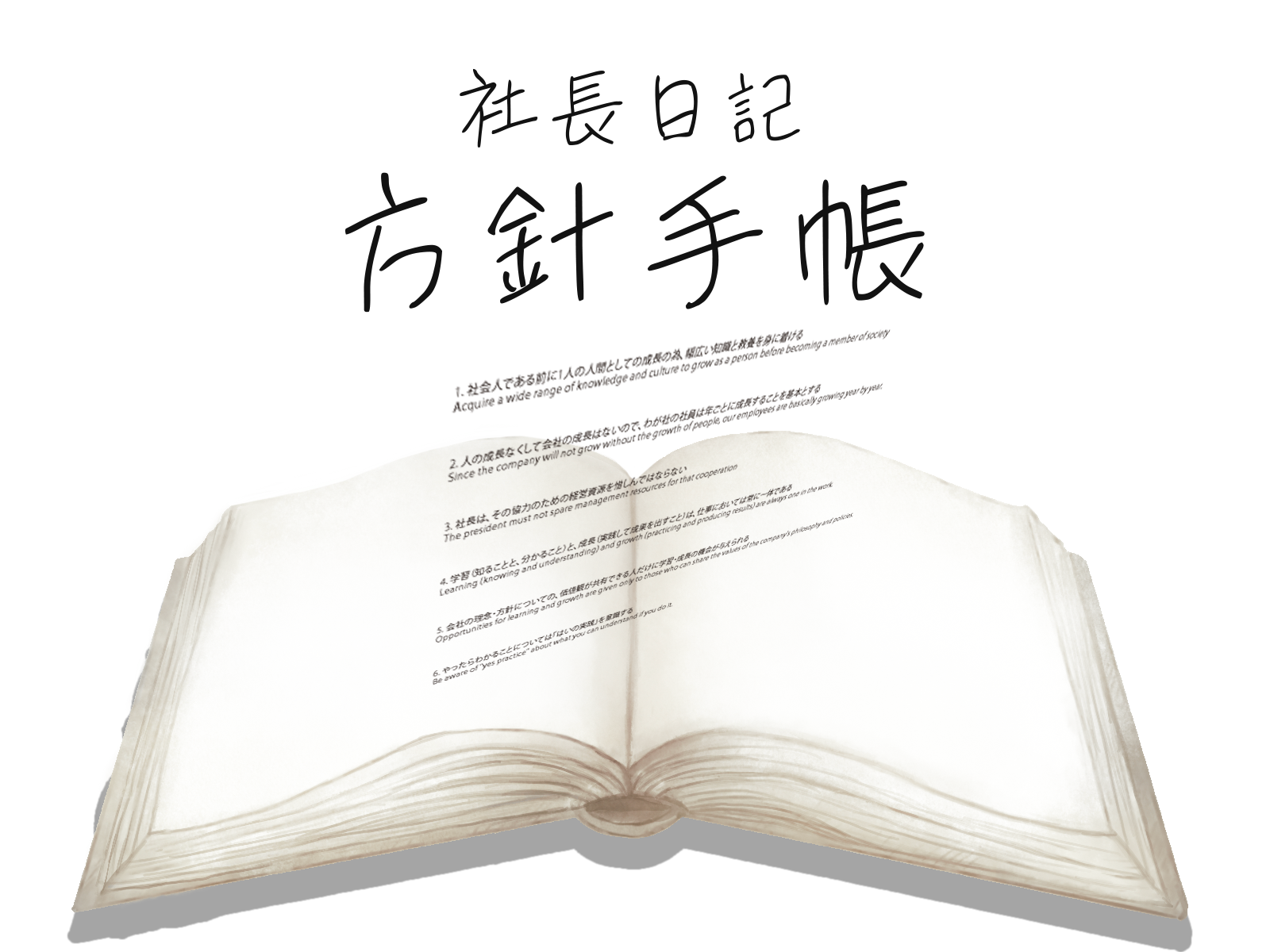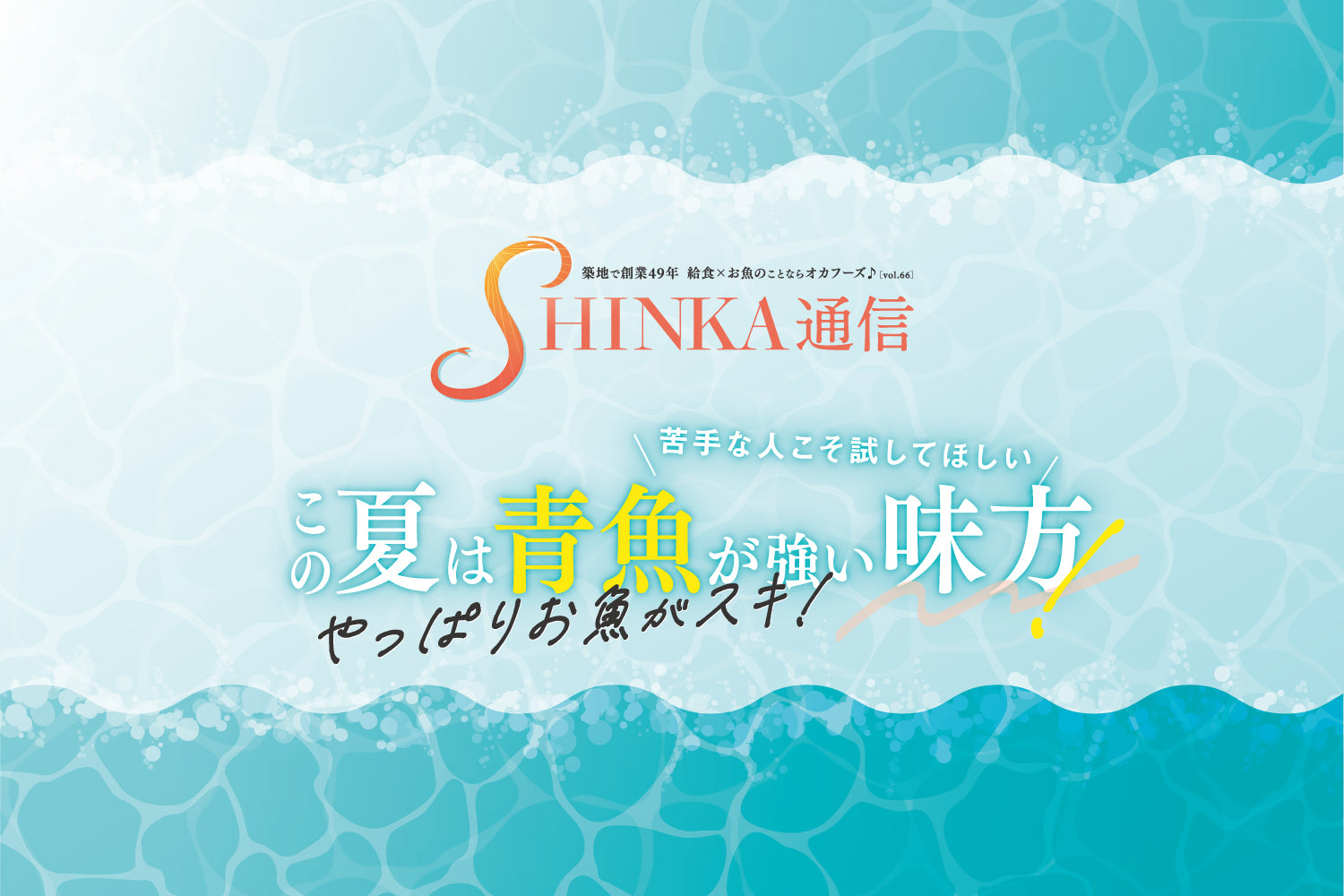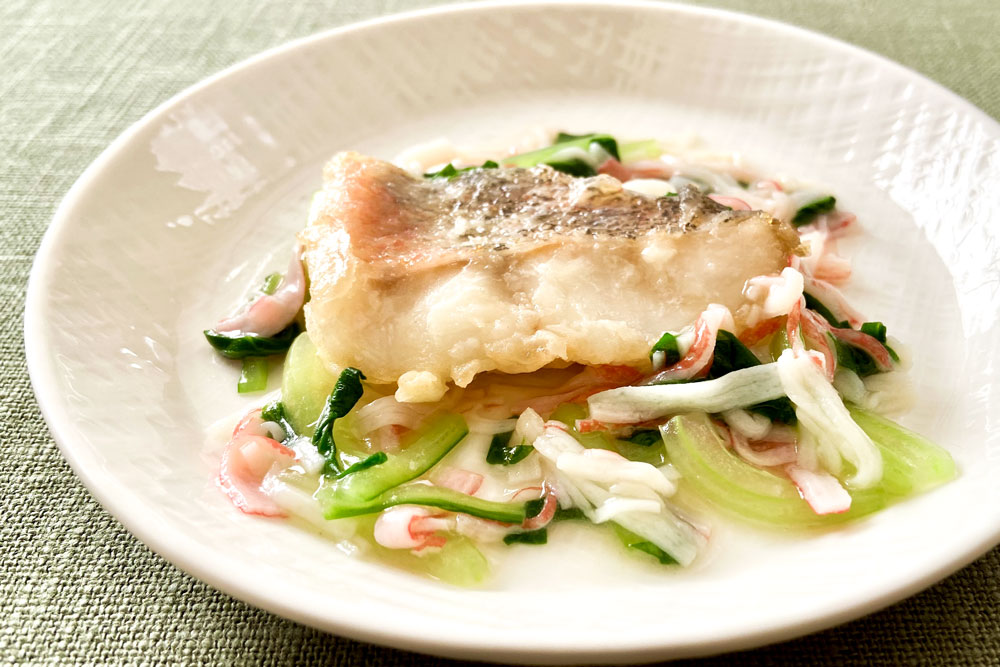SHINKA News April Issue / President's Diary Vol.2 - About the Policy Notebook
The ideal is "Kintaro Ame"
The ideal is "Kintaro candy"

It was at this time that I came across Sadaru Ichikura's "Management Knowledge." Sadaru Ichikura is a famous consultant for small and medium-sized enterprises, but the contents of the book were almost the exact opposite of what I had been doing and thought was good up until then. I immediately bought the entire series and read every last bit. I began to feel that perhaps my company could improve if I put into practice what was written in this book.
I started the three sacred treasures mentioned in the book: "Customer visits by the president," "Development of a business plan," and "Environmental improvement" at the same time. The policy notebook is the "business plan" of these, and it shows the company's philosophy and policy.
President's visit to customers
"Formulation of a business plan"
"Environmental Improvement"
The policy notebook was created in a similar style to the "business plan" of Musashino Co., Ltd., a management consulting company. It is a notebook-style rulebook that compiles the company's figures, policies, and schedules. However, the contents are not exactly the same. We took parts of Musashino's business plan that seemed suitable for Oka Foods, and also took quotes from the previous president and current chairman, particularly those related to mindset, and modified them to fit our current style.
A policy notebook may seem like it has the best features of a business plan, but I believe the essential elements remain the same whether you create it from scratch or from a template.
Most of the time, the company's philosophy and policies are created, but are not put into practice. No matter how impressive the philosophy and policies may be, they are meaningless if they are not absorbed by employees who express them through their work. In other words, it's like a great script being played by a bad actor.
The ideal situation would be for the company's philosophy and policies to be instilled in all employees in the same way, like a "Kintaro Ame" candy. The term "Kintaro Ame" may sound like it goes against the trend of diversity and individuality. However, here it refers to the axis that all employees share in common, in contrast to the unchanging philosophy and policies. On the other hand, anything beyond strategy can be changed from day to day. To bring out diversity and individuality, we have a Kintaro Ame called the Policy Notebook.
Bridging the gap between management and employees
Bridging the "difference" between management and employees
I said earlier that "philosophy and policies are meaningless if they are not "permeated" by employees," but what prevents this from happening is the "difference" between management and employees. I believe there are two types of difference: "difference" and "gap."
Gap refers more to differences in ability or understanding, while difference refers to differences in personality. Not being able to understand what management is saying is a gap, not a difference. Rather, difference (i.e., individuality or diversity) should be broad, but that is not the case with gaps.
No matter how passionate or passionate a manager may be, the company will not improve as long as there is a gap in understanding between management and employees regarding the company's philosophy and policies. To bridge that gap, we need a good working environment and a policy notebook. And it is "adult professional" employees who create a good company. The policy notebook creates a foundation for thinking based on a good mindset and good awareness (the "adult axis"), bridging the gap between management and employees and honing skills, knowledge, and experience (the "professional axis"), or the "difference." The end result is a company that can achieve good performance, high contributions, and high compensation.
Okajuku and Policy Notebook
Okajuku and Policy Notebook

Compared to when Oka Juku first began, there was a turning point in time when deeper understanding became apparent, and the level of employees has risen by two to three levels. Specifically, this is in their attitude towards Oka Juku and the way they do their daily work. We have made progress in putting our philosophy and policies into practice with external stakeholders, and in sharing, cooperation, and collaboration within Oka Foods. As the keywords "followers"*1 and "empathy" have increased within the company, employees have evolved and changed, and as a result, Oka Juku has now reached a place that we could never have imagined at the beginning.
However, as with environmental improvement and FISH activities, I also feel that it is difficult to communicate these to external stakeholders because they are in a world where you "understand them when you do them."
I feel that the "adult axis" is being established through the policy notebook, environmental improvement, and Oka Juku. From the second half of the 47th term, we will start online learning for all employees and further accelerate the input-output cycle by honing the "professional axis," and increase the pace of results.
We hope you can expect that as each individual improves their skills, their contribution to the food industry will also increase.
*1 At Oka Foods, we prohibit "instructions and orders" from superiors. Superiors are not superiors, but rather are in a position to follow up employees, so they are called followers.















